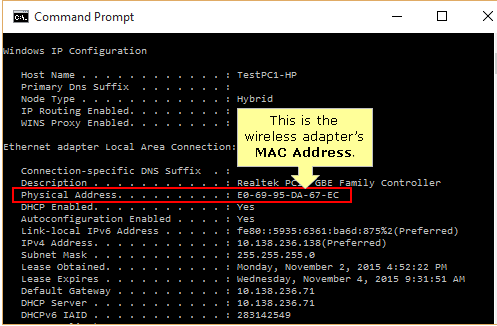

ePNO scans are run when a device uses Location Services for apps that use geofences, such as location-based reminders that determine whether the device is near a specific location.īecause a device’s MAC address changes when disconnected from a Wi-Fi network, it can’t be used to persistently track a device by passive observers of Wi-Fi traffic, even when the device is connected to a cellular network. Wi-Fi MAC address randomization support is available on iPhone 5 or later.Īpple platforms also use a randomized MAC address when conducting enhanced Preferred Network Offload (ePNO) scans when a device isn’t associated with a Wi-Fi network or its processor is asleep. Note that Wi-Fi scans that happen while trying to connect to a preferred Wi-Fi network aren’t randomized. These scans can be performed to find and connect to a known Wi-Fi network or to assist Location Services for apps that use geofences, such as location-based reminders or fixing a location in Apple Maps.

Protecting access to user’s health data.How Apple protects users’ personal data.Activating data connections securely in iOS and iPadOS.Protecting user data in the face of attack.Protecting keys in alternate boot modes.Encryption and Data Protection overview.UEFI firmware security in an Intel-based Mac.

Additional macOS system security capabilities.recoveryOS and diagnostics environments.Contents of a LocalPolicy file for a Mac with Apple silicon.LocalPolicy signing-key creation and management.Boot process for iOS and iPadOS devices.Secure intent and connections to the Secure Enclave.Face ID, Touch ID, passcodes, and passwords.


 0 kommentar(er)
0 kommentar(er)
